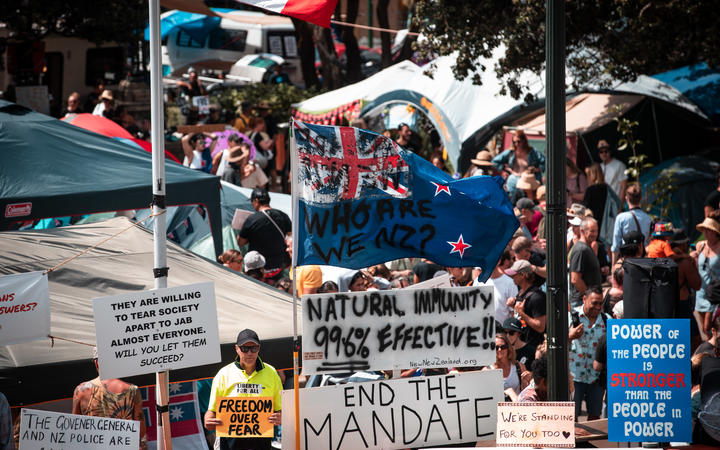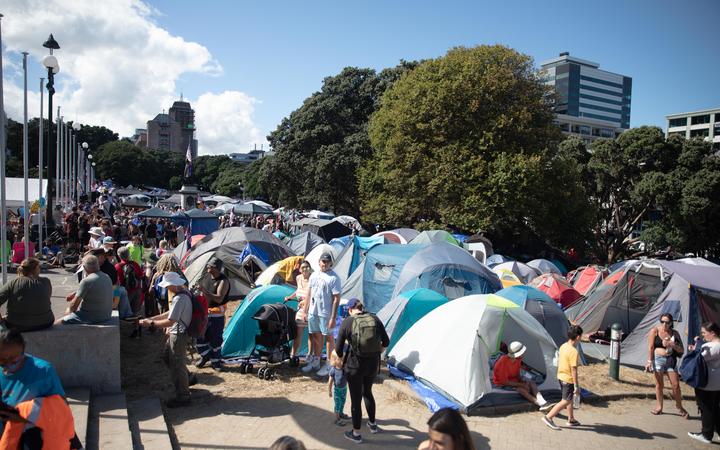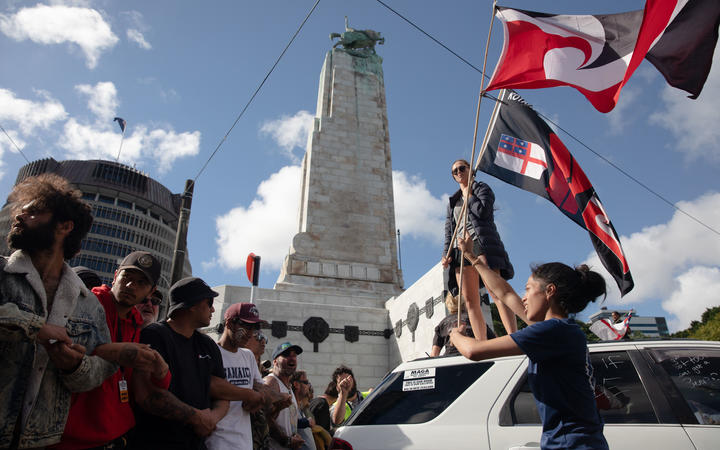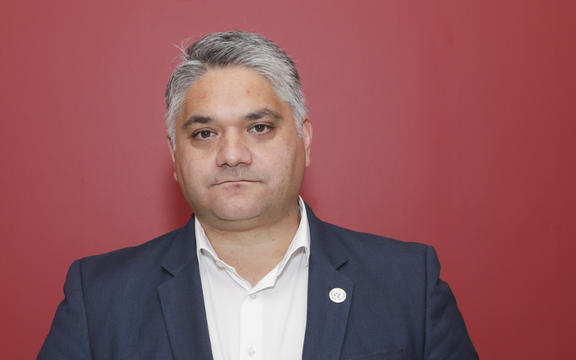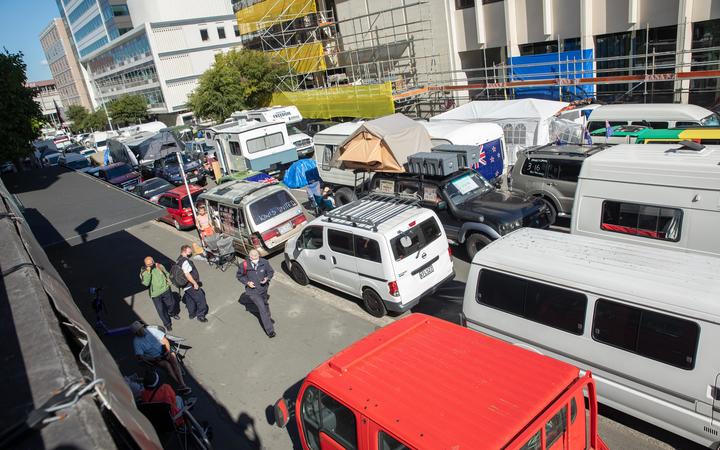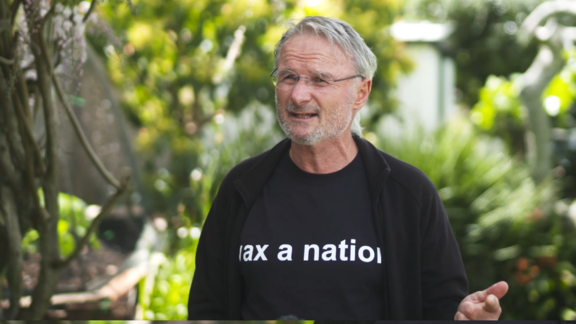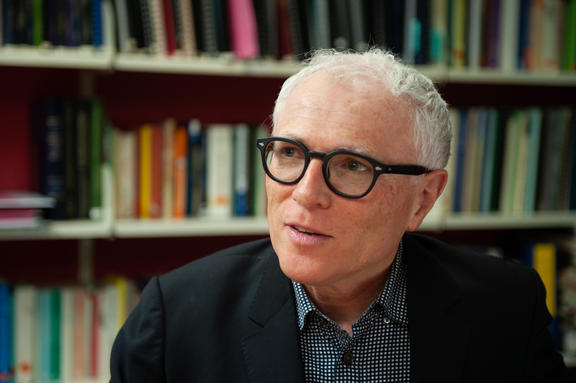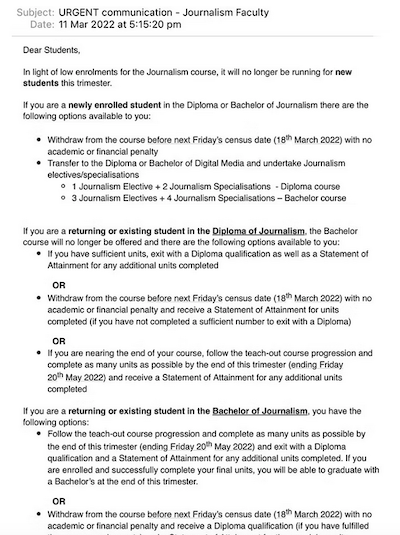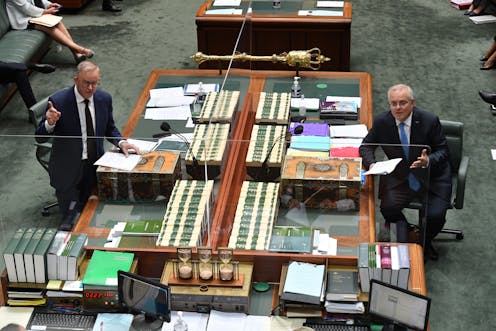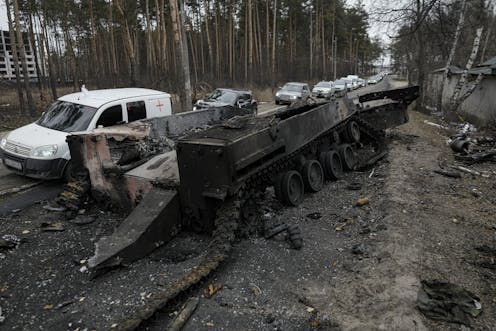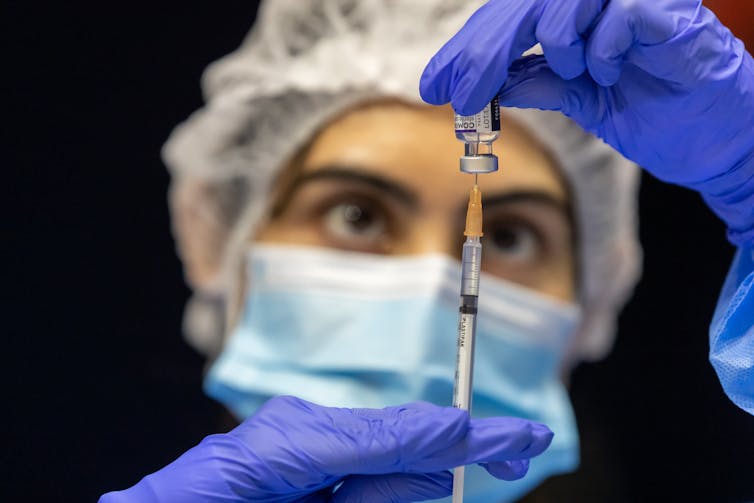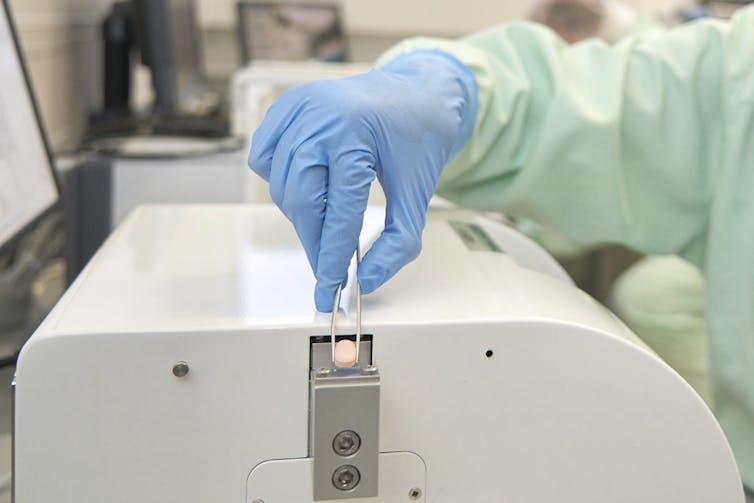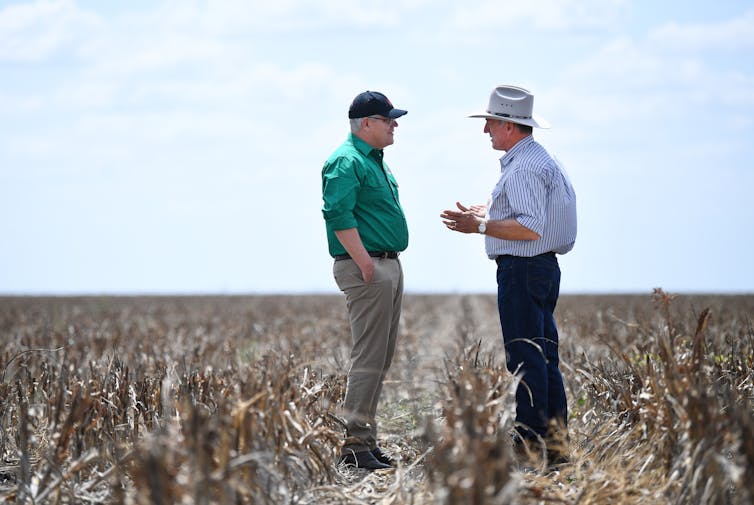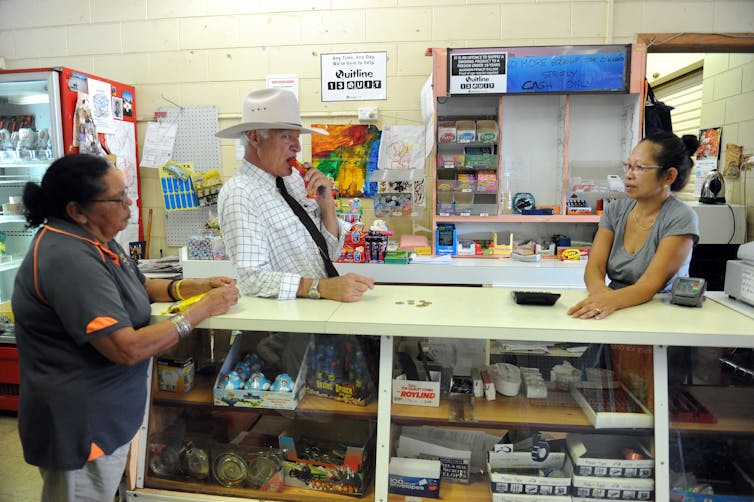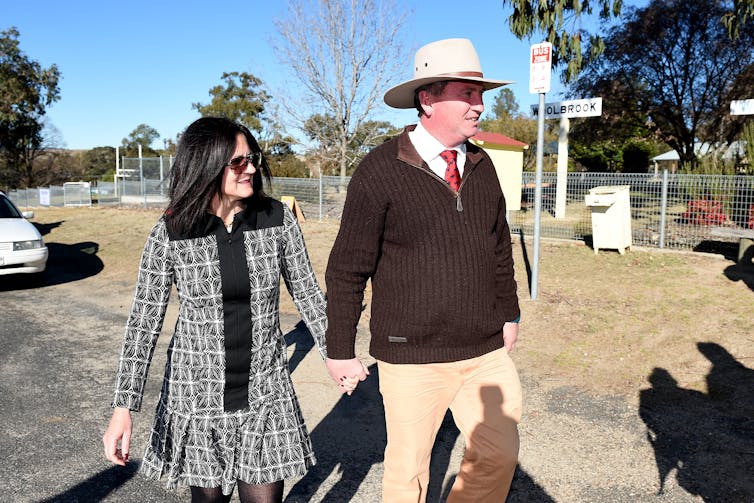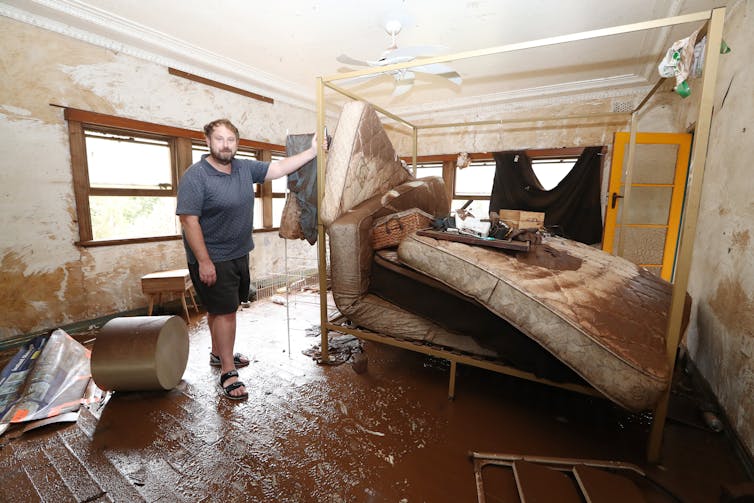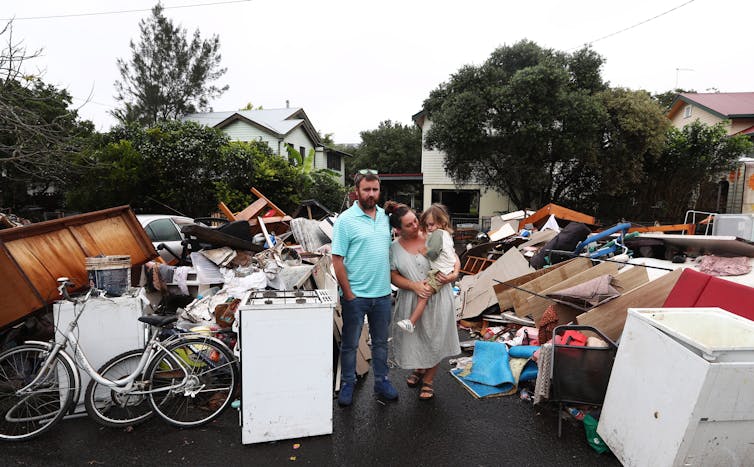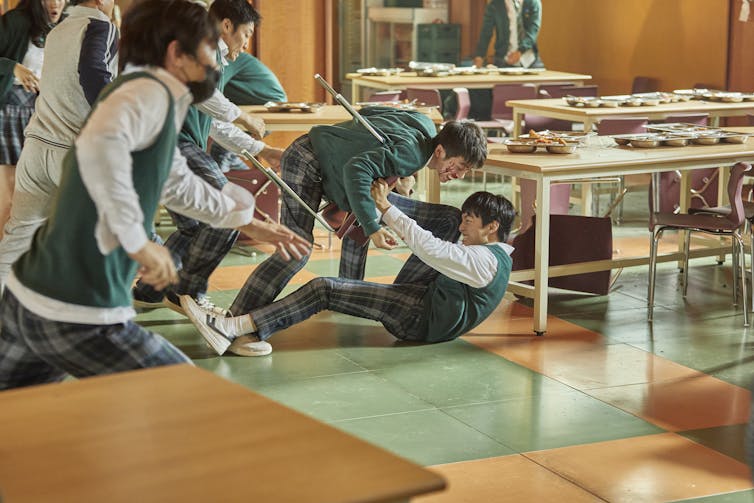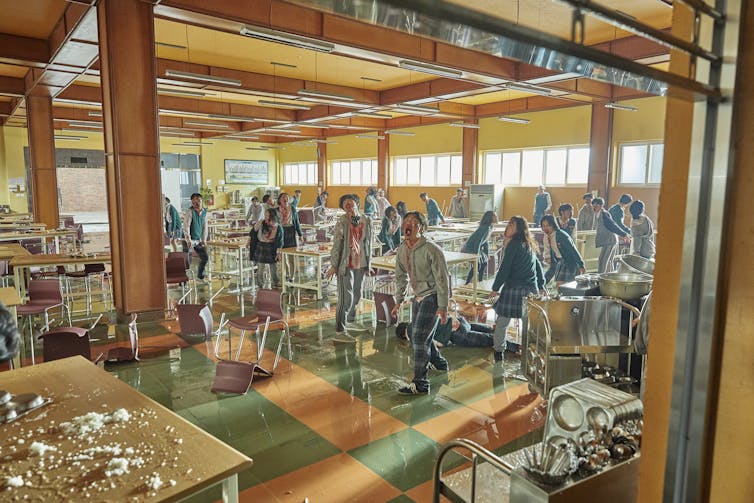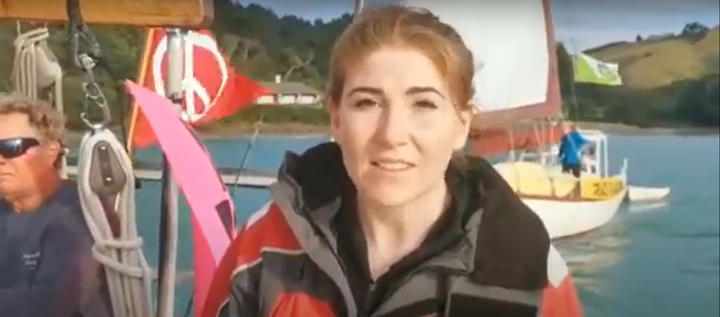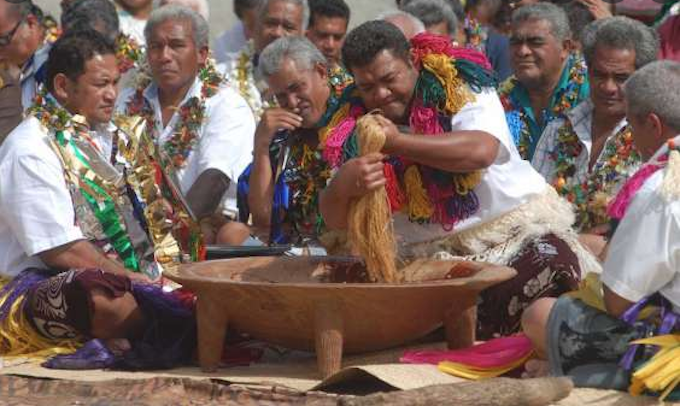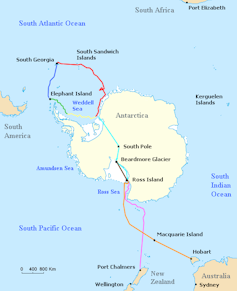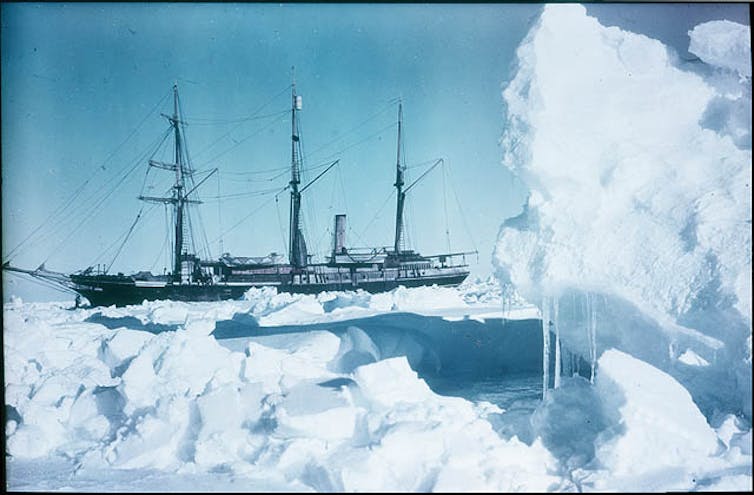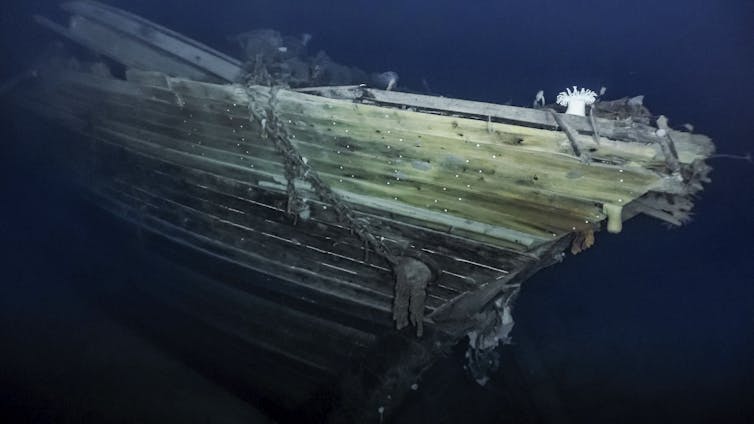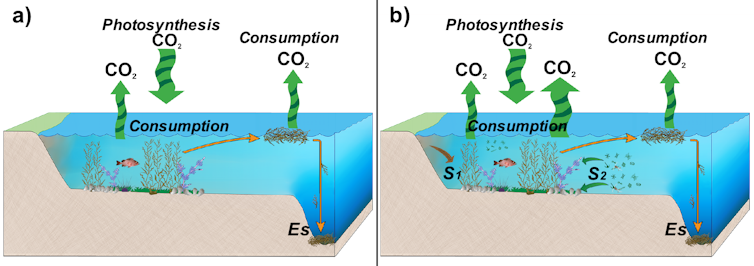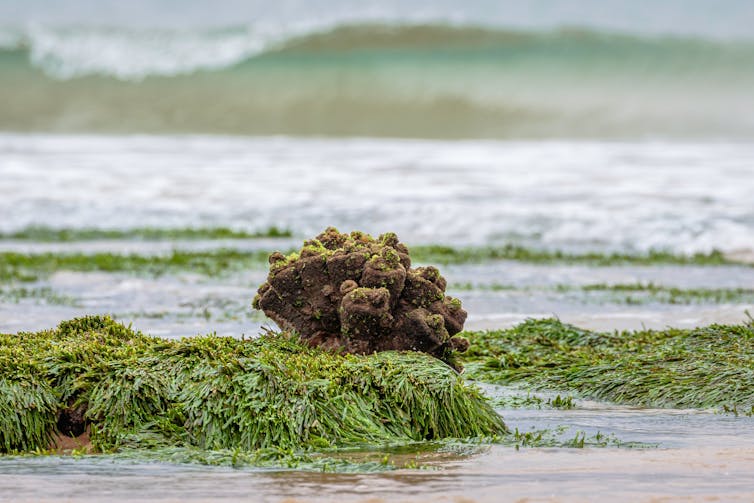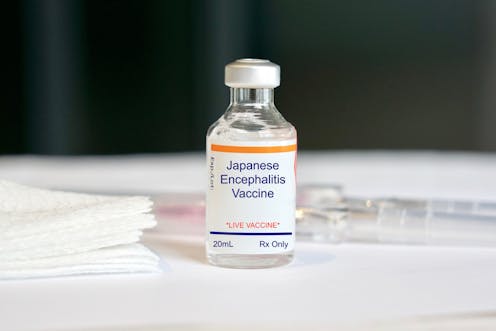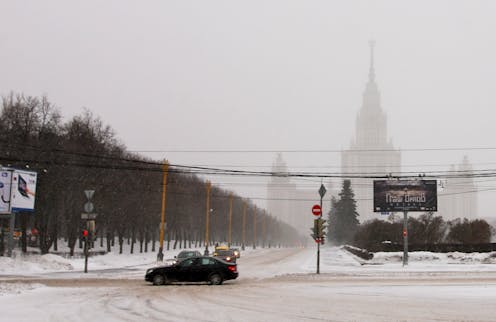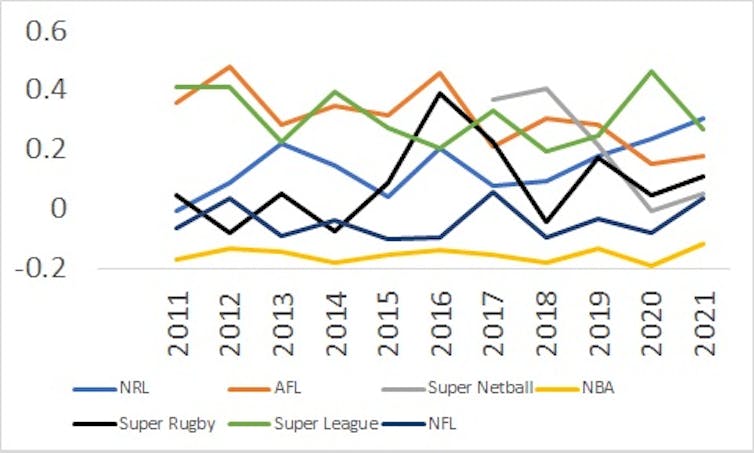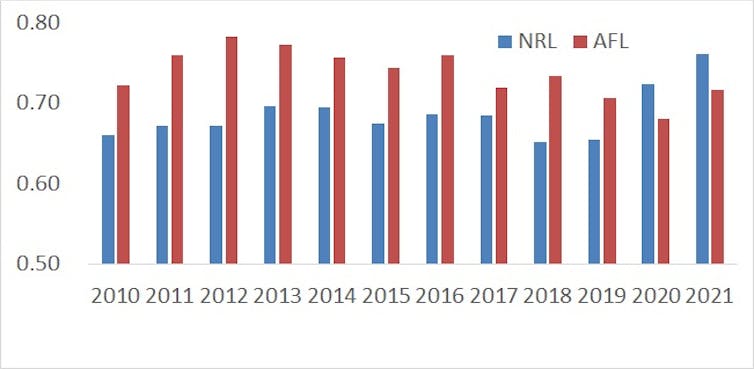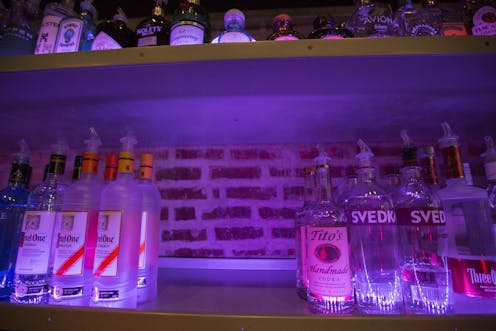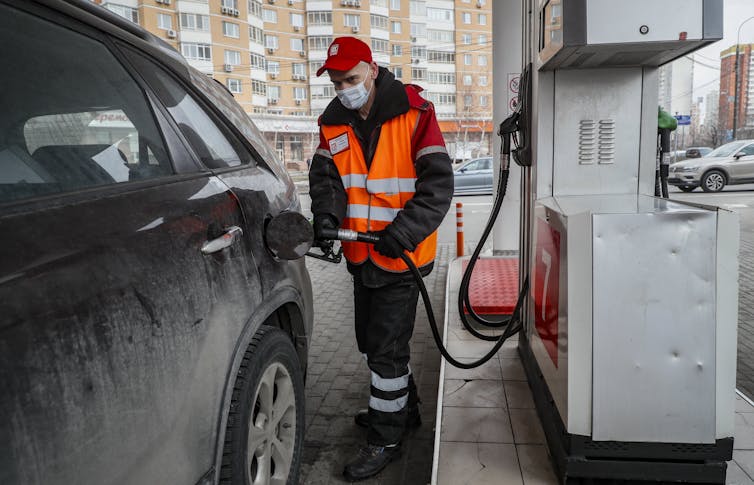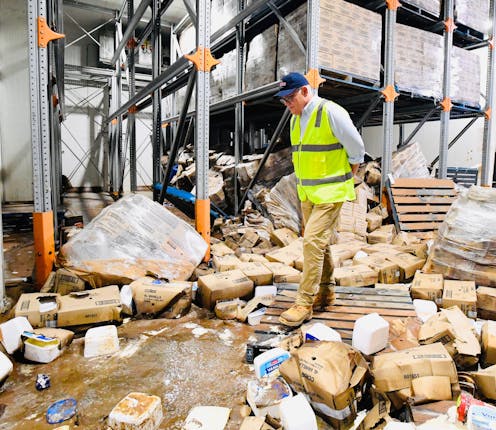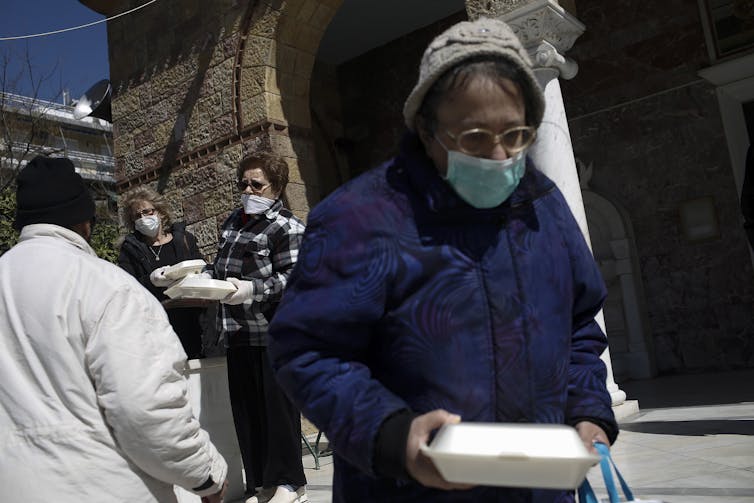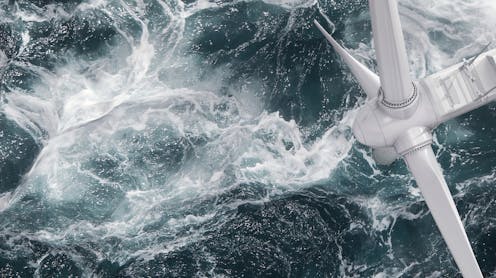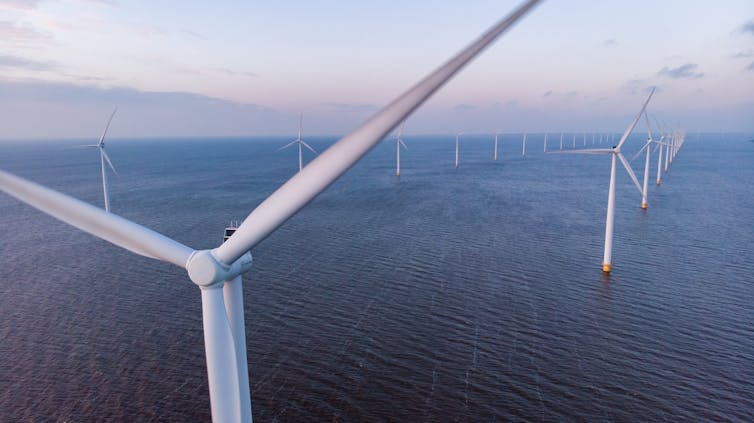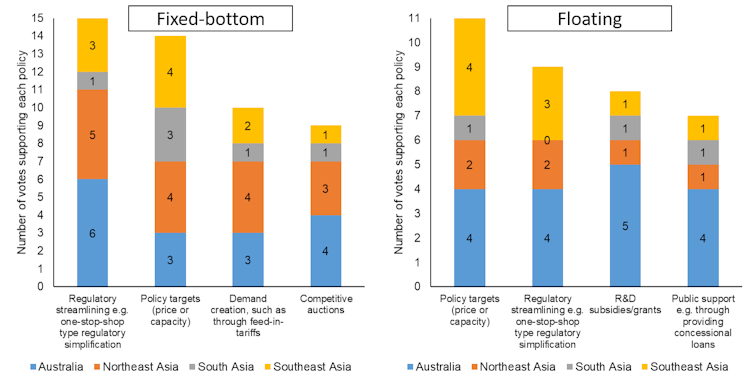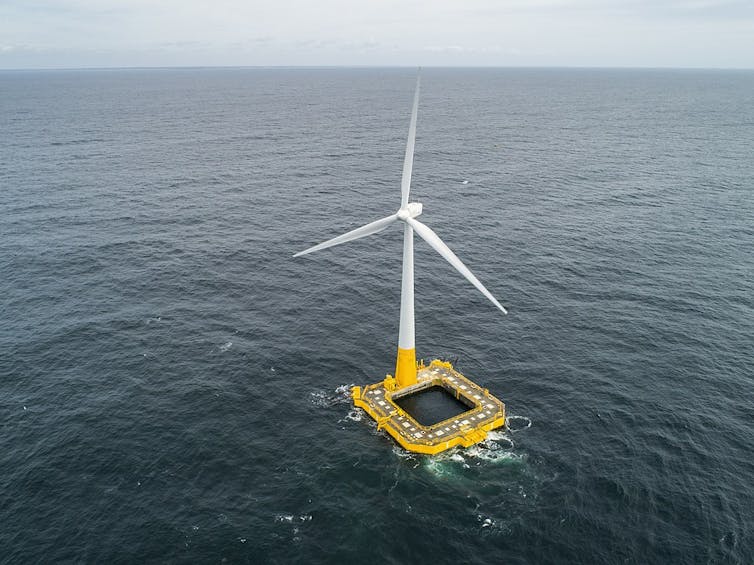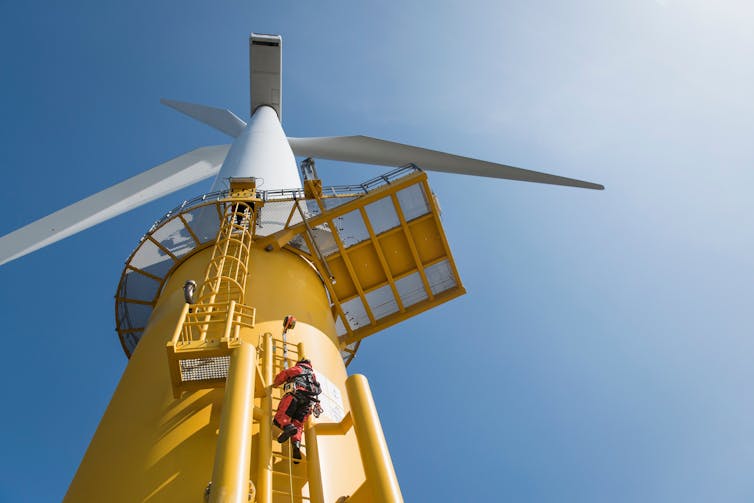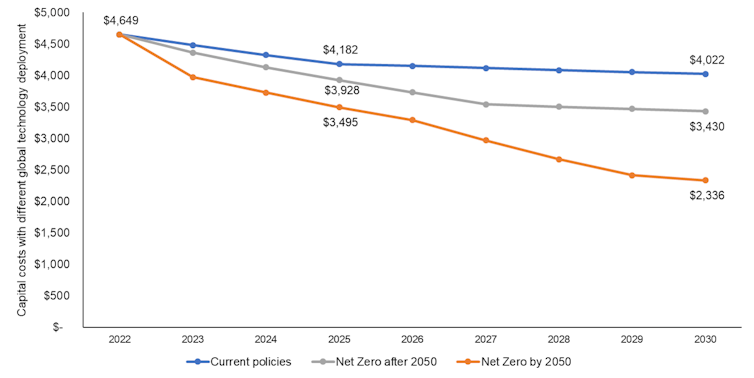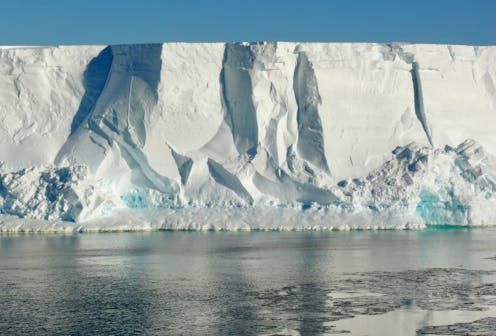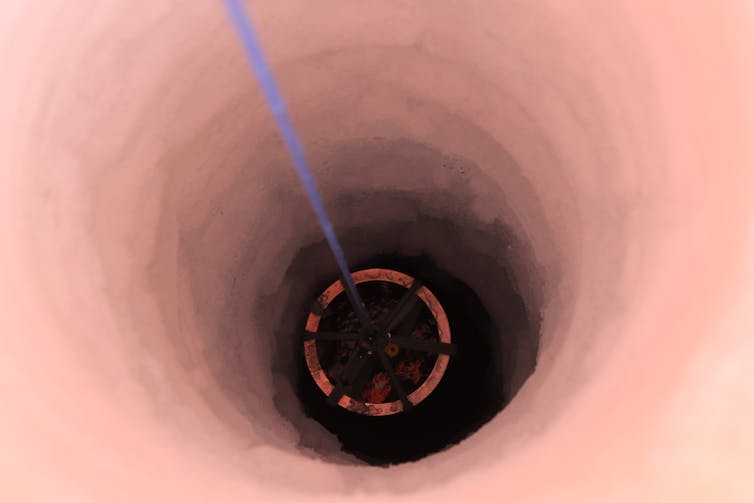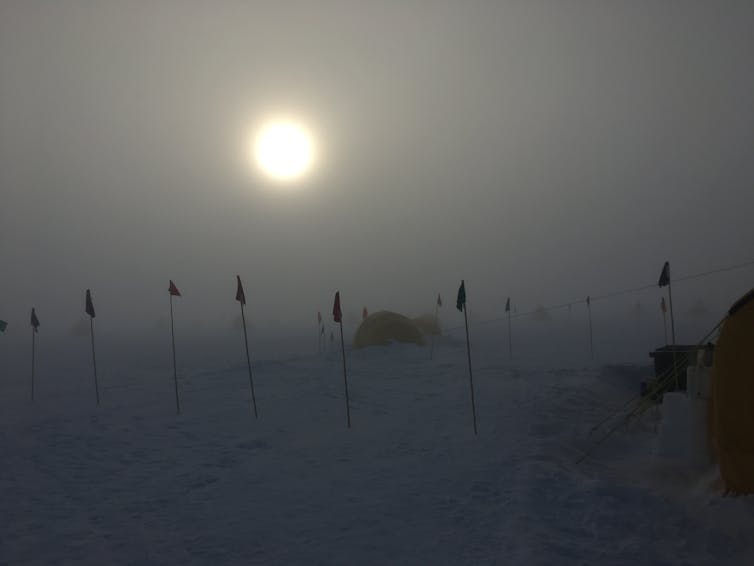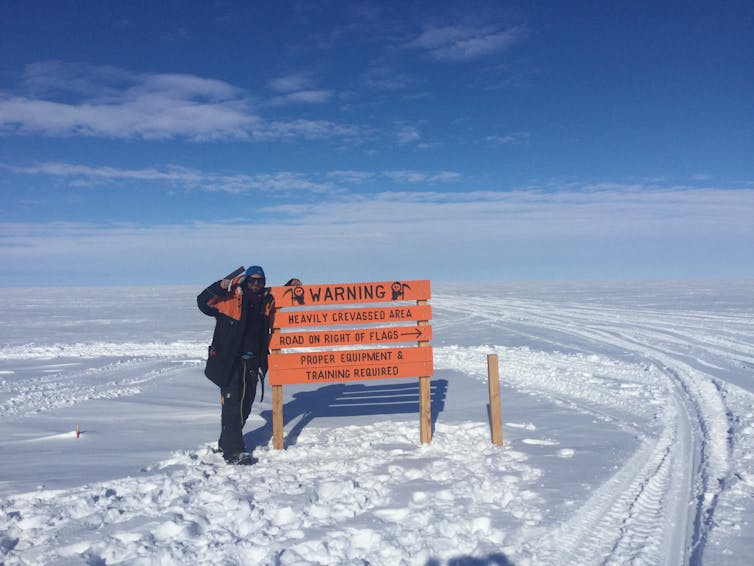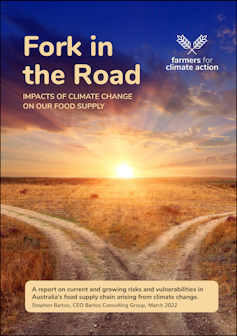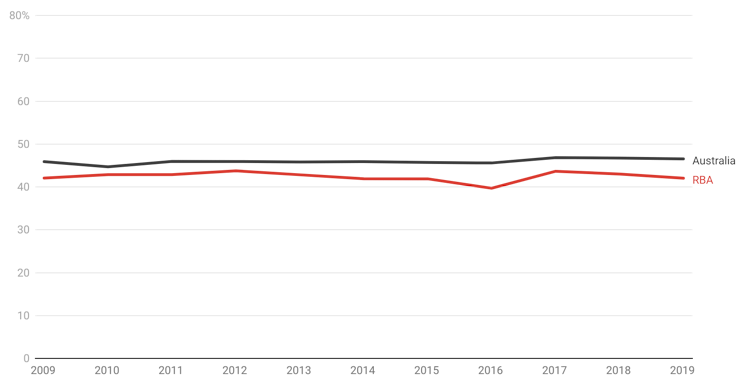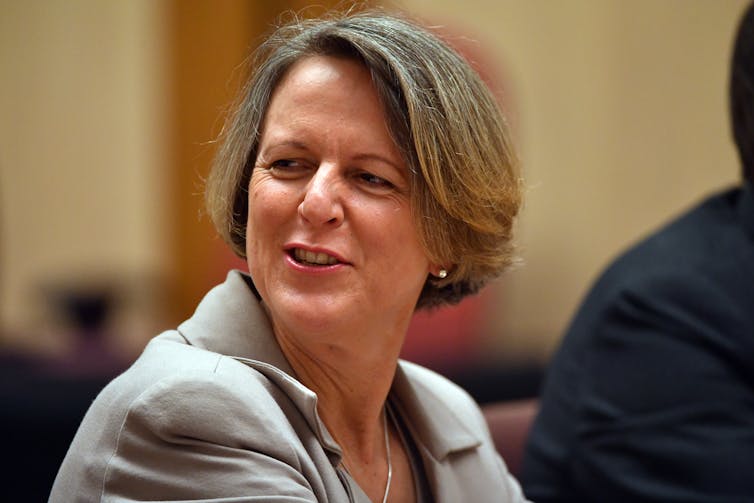Editor’s Note: Here below is Dr Bryce Edwards’ New Zealand Political Roundup – which analyses one prominent topic being debated in New Zealand and links to media coverage. You can sign up to NZ Political Roundup for free here.
Political Roundup Autumn of discontent reflected in 1News earthquake poll
Suddenly the prospect of Labour being kicked out of power in 2023 no longer seems so absurd. The latest 1News Kantar opinion poll shows Labour dropping to 37 per cent support – the party’s lowest since 2017 and a big change from the historic highs that saw Labour win 50 per cent of the vote just 18 months ago. More importantly, National has surged ahead of Labour for the first time since Covid hit – now on 39 per cent. This is an earthquake of a result, which has shattered all the assumptions about the political landscape. Meanwhile, the minor parties muddle along, with the Greens on 9 per cent and Act on 8 per cent. The smaller parties, including Te Pāti Māori (2 per cent) could once again, to play a pivotal role.
Also shocking for Labour are the poll results showing National leader Christopher Luxon is in the ascendancy, and is now seen as a real challenger to Ardern. On the “preferred prime minister” question, he has jumped up to 25 per cent support, while Ardern’s support continues its downward direction, to 34. But when the public was asked which of the two leaders should be PM, it was almost a dead heat, with 46 per cent choosing Ardern, and 45 per cent Luxon.
Christophoria or Labour-lite?
Some are viewing this as “Christophoria” or “Luxomania”. It’s true that the new National leader is a significant factor in the poll turn-around. But rather than an enthusiastic vote of confidence in National and Luxon, it undoubtedly reflects more of a waning confidence in Labour and Ardern.
Luxon and National have managed to pull themselves together enough that they are acting as the receptacle for swing voters who have grown tired of the status quo. Shifting voters don’t need to be excited about the new National leader and his party – it’s not that the Opposition is offering anything new or of substance – but, crucially, they are no longer repulsed.
Crisis? What Crisis?
What is driving voters away from Labour? A combination of social, economic and political factors have developed over the last two years that would have challenged any government. Ardern’s response so far risks an “Autumn of discontent”, such as was experienced during the British Labour Government’s winter of discontent in the late 1970s.
In that case, British Prime Minister James Callaghan was notoriously aloof and seen as out of touch with voters’ experience by refusing to see rising cost of living problems as a crisis. He was famously paraphrased in a Sun newspaper headline: “Crisis? What Crisis?”
With the Prime Minister continuing to deny that the public, and especially those at the bottom, are experiencing a cost of living crisis, Ardern is looking increasingly out of touch. And this is providing an easy hunting ground for Luxon. As commentator Martyn Bradbury has quipped: “You know things are bad when Chris Luxon who owns 7 properties can make Jacinda look out of touch when it comes to a cost of living crisis.”
Bradbury also views the decline in the Government’s fortunes as woke chickens coming home to roost. He argues there’s been a tendency for Labour and the Greens to focus on politically correct issues and not traditionally leftwing ones that advance material concerns in areas like housing, inequality, health, or even climate change.
Inequality is a massive problem according to rightwing commentator Matthew Hooton, who writes today about the outrageous increase in the fortunes of the wealthy due to government policies of the last few years, saying “you do not have to be some sort of communist to think this is a problem”.
Here’s how Hooton puts it: “it has in fact done unprecedented harm, by presiding over a one trillion dollar transfer of wealth from the poor and young to the old and rich, the worst in New Zealand’s post-colonial history. This after promising to end child poverty and reduce inequality.”
It’s not just about house prices and inequality, but the fact that Labour have made mistakes in managing Covid, after the first successful year in 2020. Hooton says: “Even since the Government failed to order the vaccine in time to prevent Auckland’s otherwise unnecessary four-month Delta lockdown, and then took a holiday instead of preparing for Omicron, Labour has been in serious trouble.”
The problem of governing during a pandemic can’t be underestimated, and Labour have made some difficult and sometimes highly-questionable decisions on managing Delta and Omicron. As Stuff’s political editor Luke Malpass says today: “Labour has been steadily slipping since the elimination strategy was abandoned during the lockdown last year. Turns out that dealing with Covid is difficult when you can’t just throw up the borders, keep it out and let life continue basically normally here. People get tired of changing rules, restrictions and just Covid more generally.”
And then there have been the parliamentary protests. The 1News Kantar poll shows that although 46 per cent of the public approve of Labour’s handling of the protest, a sizable 43 per cent disapproved.
A Herald Kantar poll showed “a strong majority of people were opposed to the protest – especially in Wellington – but there was 12 per cent support for it among those polled. 72 per cent said they were opposed and 14 per cent neither supported or opposed the protesters.”
Polling shows that support for vaccine mandates has dropped significantly over the last few months, though the majority of New Zealanders remain broadly in favour.
What can the Government do to turn around their decline?
Labour will be reviewing some of their more unpopular reform areas such as Three Waters. There will be plenty of other areas to review – especially in the cost of living and perceptions of unnecessary government spending, but also income relief for those at the bottom. Like previous governments before them, they have been ineffective at dealing with spiralling housing costs, with much trumpeted policies proving embarrassingly anaemic in reality. All eyes will be on Grant Robertson’s upcoming Budget.
Regardless of what Labour does, they need to take heed of the fact that National and Luxon are prospering through their strong focus on economic matters. And they should reflect on other recent polling that shows National is now more trusted on housing than Labour.
But most urgently, the Prime Minister would now be wise to admit that the rising cost of living is a very real problem, especially for those on low incomes who Labour claims to champion. Waving this away clearly no longer works. And time is running out on Ardern’s previously successful strategy of claiming empathy, but delivering little change.
Further reading on 1News poll
1News: National overtakes Labour in latest 1News Kantar Public Poll
Claire Trevett (Herald): Latest poll a massive boost for National and Luxon, and a massive headache for Ardern and Labour (paywalled)
Luke Malpass (Stuff): Christopher Luxon surges to bring National neck and neck with Labour after only four months
1News: Te Pāti Māori could be power broker at next election – Jessica Mutch McKay
Martyn Bradbury (Daily Blog): TVNZ Poll- National beats Labour
Matthew Hooton (Patreon): The trillion-dollar scandal that should sink Ardern (paywalled)
Miriah Davis (Daily Mail Australia): Kiwis turn on ‘out of touch’ Jacinda Ardern as they struggle to make ends meet
Liam Hehir (Patreon): The government has tried nothing and they’re all out of ideas (paywalled)
Henry Cooke (Stuff): New poll has National above Labour, Māori Party holding balance of power
Thomas Coughlan (Herald): Political poll: National jumps past Labour in TVNZ 1 News-Kantar poll – Jacinda Ardern dips, Chris Luxon up in preferred prime minister race
David Farrar (Patreon): Why the One News Kantar poll should not have been a surprise (paywalled)
Other items of interest and importance today
Jo Moir (Newsroom): More questions than answers for RNZ/TVNZ merger
Broadcasting and Media Minister Kris Faafoi has failed to make the case for what he is proposing, according to Newsroom’s Jo Moir. She complains that he has fobbed off important questions about things like the cost of the new service and possible job cuts.
Damien Venuto (Herald): Will the TVNZ-RNZ mega merger fix anything? (paywalled)
Do RNZ and TVNZ really need to merge? Media industry commentator Damien Venuto suggests that Labour has fallen victim to “continuation bias” which he defines as a psychological condition “that makes us follow a course of action even in the face of changing conditions.” He worries that the Government will hurtle ahead with the decision, ignoring advice about the problems of the current merger concept.
Richard Harman: Questions about political independence of new broadcaster (paywalled)
Veteran journalist Richard Harman, once the political editor of TVNZ, says there are serious concerns about the Government setting up the new public broadcaster in a way in which state funding will influence its coverage of politics and current events.
Ryan Boswell (1News): New public media entity will have editorial independence – TVNZ CEO
TVNZ CEO Simon Power, a former National Government Cabinet Minister, says the new entity will be protected from Government pressure.
Glenn McConnell (Stuff): Merging TVNZ and RNZ could be an absolute tragedy, or triumph for broadcasting
The devil will be in the detail of this major broadcasting merger, but so far there simply isn’t any detail, and so it’s too early to judge whether this is a good idea or not.
Stuff: Editorial – Finally an answer on an RNZ-TVNZ merger, but questions linger
Frustrated with the lack of clarity about the new media merger, this newspaper editorial asks why there is not even a draft of the new charter being released. In terms of the timeframes, the newspaper says: “it is difficult to see how it has taken two-and-a-half years and an entire governance group to answer only a foundational question and establish another group that will do all the work.”
Tom Pullar-Strecker (Stuff): New public media entity could help non-government owned media, says RNZ boss
What impact will the merger have on the rest of the media landscape? According to this report, the merger is about a “stronger push into the digital space, to attract new and younger audiences”, and the public broadcaster will also help out private media.
Tom Pullar-Strecker (Stuff): Decision to merge TVNZ and RNZ draws mixed response
A useful survey of how others in the media industry are responding to the new merger announcement.
Duncan Greive (Spinoff): TVNZ and RNZ to merge into a not-for-profit giant likely to dominate NZ media
There was little that was concrete in the announcement yesterday according to the Spinoff website owner Duncan Greive. He says there are now more questions than answers.
Juliet Speedy (Newshub): TVNZ-RNZ merger: Still unclear if new public media entity will be taxpayer or commercially funded
Funding for public broadcasting is the big issue in the new media merger, but details on this are scarce.
Bill Ralston (Stuff): Success of TVNZ/RNZ merger will all come down to money
The former head of TVNZ says Faafoi’s “announcement was strong on rhetoric and weak on detail.” Funding is still the key question for the merger.
Paul McBeth (BusinessDesk): Clear the airwaves – it’s all online (paywalled)
Kris Faafoi’s decision for the new public broadcaster “to go chasing the digital realm is more interesting” than the other details to emerge yesterday.
1News: Support for mandates drops to 60% in latest 1News Kantar Public Poll
Support for mandates is down from November 2021’s poll, while the Government’s handling of the recent protest at Parliament has the public fairly evenly split.
Claire Trevett (Herald): Exclusive poll: Covid 19 Omicron – What Kiwis think about vaccination mandates and the Parliament protests (paywalled)
A Herald/Kantar poll shows 65% of the public support mandates in certain jobs, with most believing the mandates should be lifted when Covid poses less of a threat to the population. The poll shows strong opposition to the recent protest in Wellington.
Jamie Morton (Herald): Experts say officials ‘flying blind’ on case numbers without better data (paywalled)
A lack of reliable data means modelling experts are relying on educated guesswork to estimate the size and scope of NZ’s Covid outbreak. This will severely impact our decision making and public health strategy as the outbreak unfolds and into the future.
Michael Neilson (Herald): Covid 19 Response Minister Chris Hipkins disclosed personal information about journalist despite MFAT urging him not to
Information on journalist Charlotte Bellis, which included a briefing and media lines, was provided to Foreign Affairs Minister Nanaia Mahuta under a “no surprises” convention. It was then passed on to Hipkins by Mfat officials who stated all personal information was “not for public comment”.
Herald: How NZ’s vaccine roll-out ‘failed’ Māori
A study published in today’s New Zealand Medical Journal looks at how the Covid vaccination programme was rolled out.
Peter Dunne (Newsroom): Why we must separate the protesters’ cause from the protest itself
Former Cabinet minister Peter Dunne dismisses calls for a “Trumpist” wall around Parliament or “ludicrous and insulting” pleas for better education around conspiracy theories and vaccination. He says the “problem lies with a much more basic level of polarisation and alienation in our society that needs to understood and addressed with care and respect
Matthew Hooton (Herald): Boomers must share youth’s Covid burden (paywalled)
Matthew Hooton writes that “Nearly exactly as predicted two years ago, the Government has overseen the greatest transfer of wealth from the young and poor to the old and rich in New Zealand’s history.” He calls for the Government to now tackle these intergenerational inequities caused by the $1 trillion dollar transfer of wealth to asset owners, but also to deal with other consequences of the Covid response.
Josie Pagani (Stuff): Don’t give tax cuts to those who don’t need them
Leftwing commentator Josie Pagani puts forward a traditional leftwing critique of the National Party’s latest economic policies, and says that there isn’t “a tax problem in this country. We have a wage problem.”
Max Rashbrooke (Stuff): NZ’s problem is it doesn’t tax enough, or fairly enough
The New Zealand state simply doesn’t collect enough tax – regardless of which party is in power. Max Rashbrooke argues that our public services are desperately underfunded and new ways to increase tax need to be found.
John MacDonald (Newstalk ZB): Does the PM have her head in the sand?
Remember when the National Government refused to accept there was a housing crisis? Newstalk’s John MacDonald says that Labour is falling into the same absurd trap.
Nikki Macdonald (Stuff): How do you memorialise a protest?
It’s important to document political struggles and protest. But it’s not going to be easy to work out how the country’s National Library or Te Papa will record what happened at the Parliamentary protest.
RNZ: Chief Ombudsman ‘more unhappy’ than ever with aspects of OIA process
The number of complaints about the way government agencies are using the Official Information Act increased 33 per cent last year. And Chief Ombudsman Peter Boshier says he is more unhappy than ever with the way the OIA is being treated.
Jordan Bond (RNZ): Billionaire steel magnate heads list of Russians with NZ business interests
In light of the focus on wealthy Russians who might or might not be affected by new Government sanctions, journalist Jordan Bond looks into some of the big Russian names in New Zealand, including steel magnate Alexander Abramov who is worth about $6 billion
Matt Robson (Herald): No debate on the issues of war and peace – a rush to judgement (paywalled)
The former Minister for Disarmament and Arms Control and Associate Minister of Foreign Affairs, Matt Robson, says more public scrutiny is needed of the sanctions being adopted by New Zealand against Russia.
Tom Pullar-Strecker (Stuff): First fuel, now food: is our competition watchdog letting us down?
The backlash against the Commerce Commission’s mild report on supermarket reform continues. This is one of the more in-depth evaluations of the issues.
Marc Daalder (Newsroom): Shaw’s mixed messages on 1.5C goal
Merely “aspirational” is the description of the Government’s climate change commitments, according to James Shaw’s lawyers in a court case. But Daalder says this contradicts what Shaw himself has promised.
Bernard Hickey: Housing and food stress intensifies (paywalled)
Financial journalist Bernard Hickey forecasts that we are heading into “our worst winter of homelessness and food poverty”, but the political parties don’t have any sufficient answers to the problem.
Karl du Fresne: Pssst … don’t mention the iwi
On the release of the Government’s working group report on Three Waters, Karl du Fresne sums up the whole process as a debacle: “From disgrace to sham to travesty and back again”.
Chris Trotter: This Meddlesome Human Rights Commissioner
Chief Human Rights Commissioner Paul Hunt controversially visited the parliamentary protestors to hear their concerns, and then wrote a newspaper column about what he learnt – but in deliberately flouting the PM’s “rāhui”, this was a big mistake according to Chris Trotter.
Chris Trotter (Daily Blog): 2023: The one to lose
Responding to my column yesterday in which I suggested that the Government may need to ditch the co-governance element of Three Waters, Chris Trotter outlines how much of a serious fight this would cause within the Labour Party and the wider political class.
